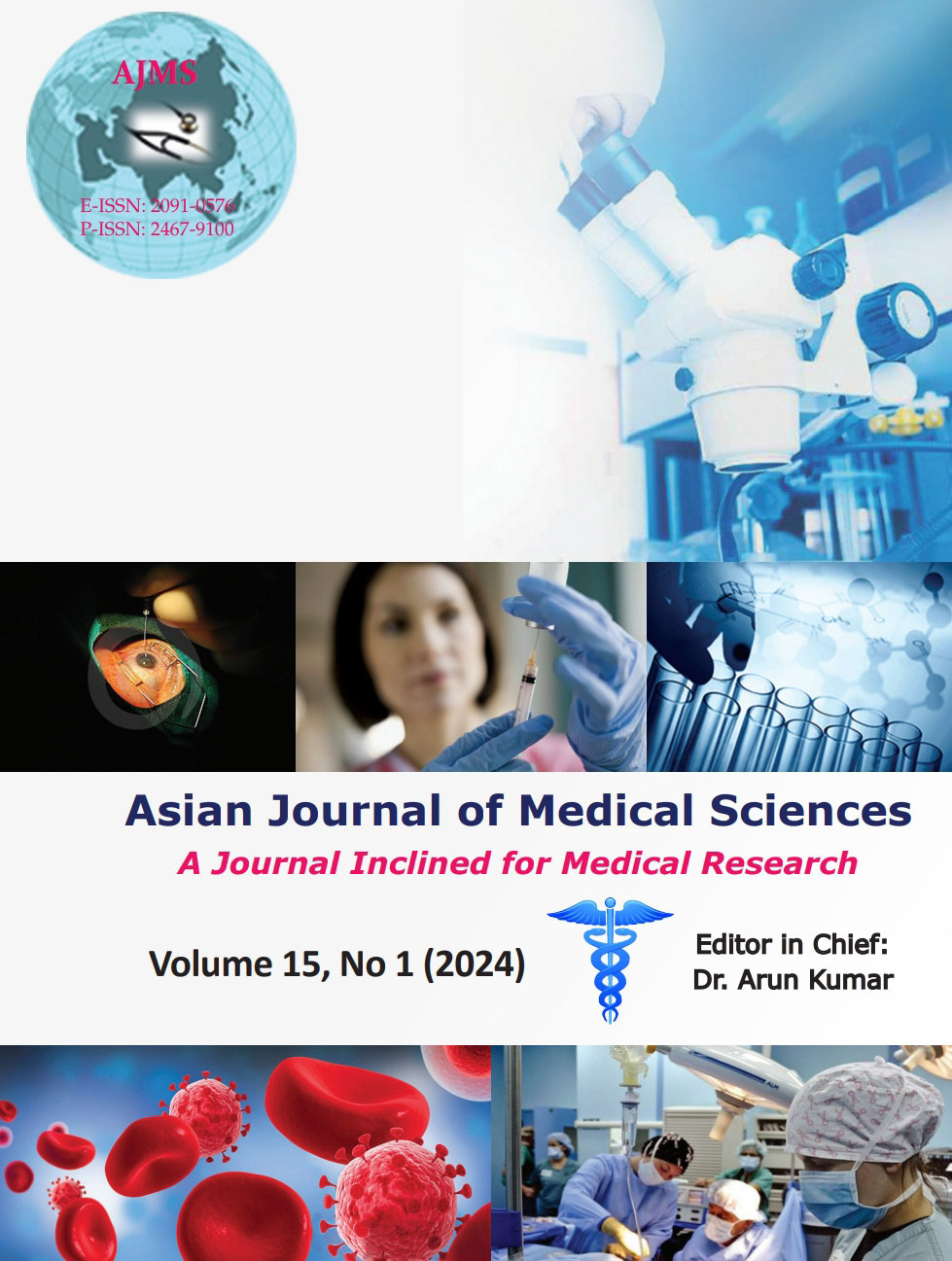Application of shock index-based classification in hypovolemic shock due to obstetric hemorrhage and its comparison with conventional vital sign for prediction of adverse maternal outcome
Keywords:
Blood pressure; Heart rate; Post-partum hemorrhage; SepsisAbstract
Background: At least, 358,000 women worldwide die annually from pregnancy and childbirth-related problems. Obstetric hemorrhage is the single most significant cause of maternal mortality worldwide accounting for 25–30% of all maternal deaths.
Aims and Objectives: The objective of the study is to see the usefulness/importance of shock index (SI) in obstetric hemorrhage (antepartum and post-partum hemorrhage) and to compare the performance of SI with conventional vital signs for prediction of maternal outcome.
Materials and Methods: The descriptive study was conducted in 100 cases of hemorrhagic shock patients admitted in obstetrics and gynecology at Baba Raghav Das Medical College, Gorakhpur, between June 2020 and May 2021, on 100 subjects.
Results: In our study, there were 100 patients. Patients with SI 0.6 to <1 were included in Group I which comprises 26% patients in which 57.69% patients required only intravenous (IV) fluid, while 30.77% patients needed blood transfusion. Patients with SI>1 were included in Group II which comprises 74% patients in which all patients required initial resuscitation with IV fluid and then blood transfusion, 21.62% patients require inotropic support, and 9.46% patients needed fresh frozen plasma transfusion. Maternal outcome in Group I patients is that only 15.38% patients required emergency lower segment cesarean section (LSCS). While in Group II, 28.95% patients required emergency LSCS, 5.26% patients required intensive care unit (ICU) admission for ventilator support, 3.95% went for cesarean hysterectomy, while 2.63% patients landed in end organ failure and expired.
Conclusion: All patients with obstetric hemorrhage with SI>1 should receive immediate intervention such as blood transfusion need of ICU or surgical intervention. This is higher than the upper limit of normality in non-pregnant population. In low-resource settings, this simple parameter could improve outcomes because it has a significant ability to predict adverse maternal outcomes of hemorrhage.
Downloads
Downloads
Published
Versions
- 2024-01-02 (2)
- 2024-01-01 (1)
How to Cite
Issue
Section
License
Copyright (c) 2023 Asian Journal of Medical Sciences

This work is licensed under a Creative Commons Attribution-NonCommercial 4.0 International License.
Authors who publish with this journal agree to the following terms:
- The journal holds copyright and publishes the work under a Creative Commons CC-BY-NC license that permits use, distribution and reprduction in any medium, provided the original work is properly cited and is not used for commercial purposes. The journal should be recognised as the original publisher of this work.
- Authors are able to enter into separate, additional contractual arrangements for the non-exclusive distribution of the journal's published version of the work (e.g., post it to an institutional repository or publish it in a book), with an acknowledgement of its initial publication in this journal.
- Authors are permitted and encouraged to post their work online (e.g., in institutional repositories or on their website) prior to and during the submission process, as it can lead to productive exchanges, as well as earlier and greater citation of published work (See The Effect of Open Access).




